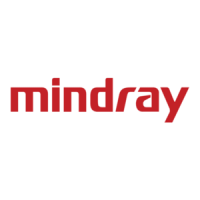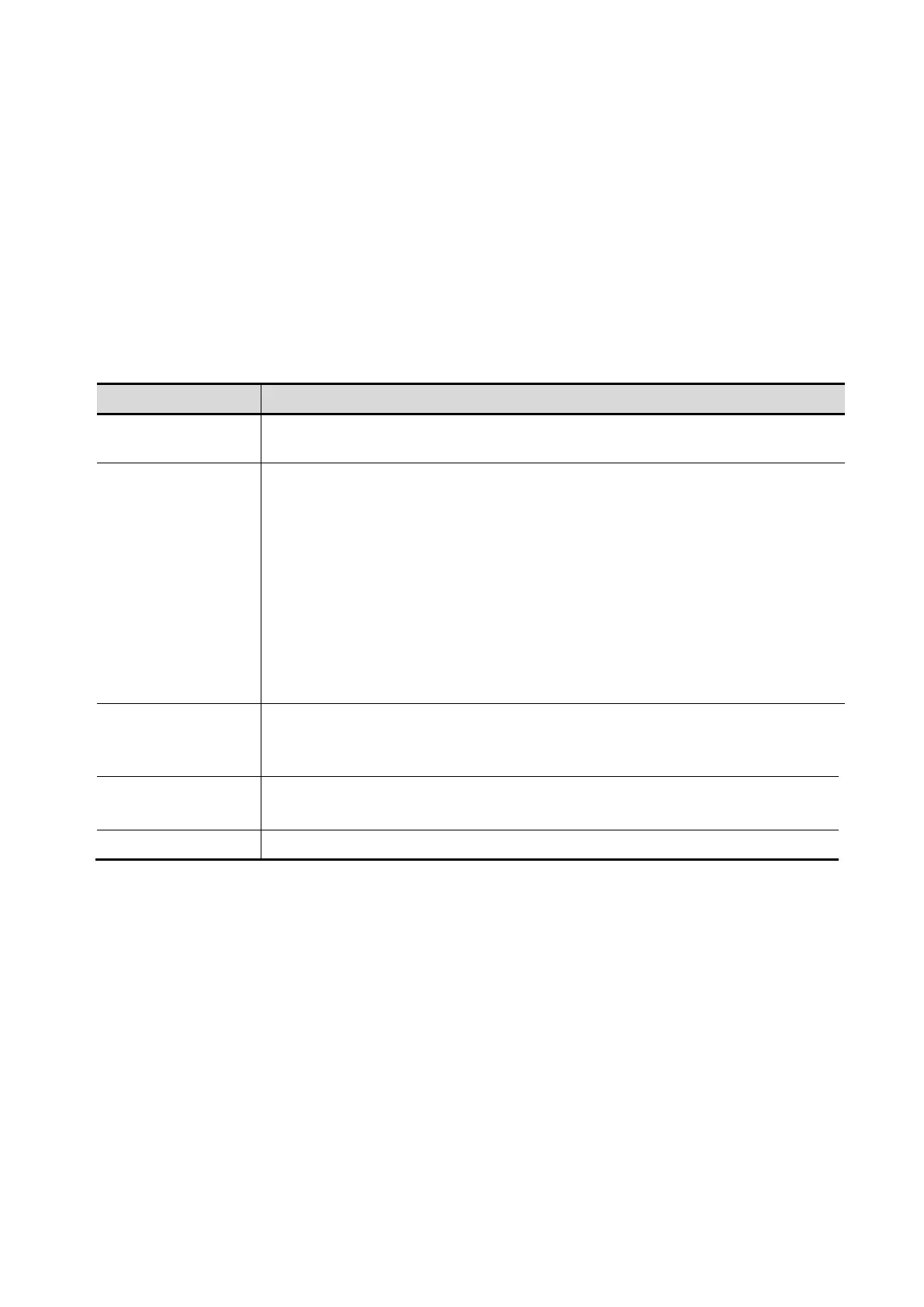Image Optimization 5-55
6. Press <Update> to start 3D imaging.
The system enters into 3D image review status when the acquisition is completed; or, you can
finish the acquisition ahead by pressing <Freeze> or <Update> on the touchpad.
In image review status, you can perform operations like VOI setting, parameter adjustment,
comments, image saving, image cutting, etc. For details, please refer to Chapter 5.11.6.4 Smart 3D
Image Viewing.
7. Exit Smart 3D
Press <Update> or <Freeze> to return to Smart 3D acquisition preparation status.
Or press <B> or user-defined <3D> key
to exit the mode.
5.11.6.2 Smart 3D Acquisition Preparation
Press <3D> to enter Smart 3D mode.
3D/4D Scenario
Setting
Select 3D/4D scenario based on different scenario application.
Method
Function: select the image acquisition method.
Selection: Rocked, Linear.
Linear mode: during the sweep, the probe must be kept parallel. The scanning
speed should be constant.
Rocked mode: in this mode, the probe must be moved to a position where you
can clearly see a middle cut of the object you want to scan and render. Tilt the
probe to about 30° until the object you want to scan disappears. Start the
acquisition and tilt the probe over a distance of around 60 degrees until the
object disappears again. During the sweep, the probe may not be moved
parallel, just tilted.
Tip: the speed is related to scanning distance or angle.
Distance
Function: to set the distance the probe covered from one end to the other end
during the linear sweep.
Range: 10~200 mm, in increments of 10mm.
Angle
Function: to set the motion angle the probe covered during a fan sweep.
Range: 10~80°, in increments of 2°.
Acquiring Time Function: to set the acquiring time of the Smart 3D acquisition.
The smart 3D acquisition preparation is same with these in Static 3D and 4D.
5.11.6.3 Smart 3D Image Acquisition
In Smart 3D mode, you need to set the scan method in addition to the other items in Static 3D mode.
The other parameters are the same as those for Static 3D.
Method
Capture images using Linear scan or Rocked scan.
Linear scanning
Move the probe across the surface. See the following figure.

